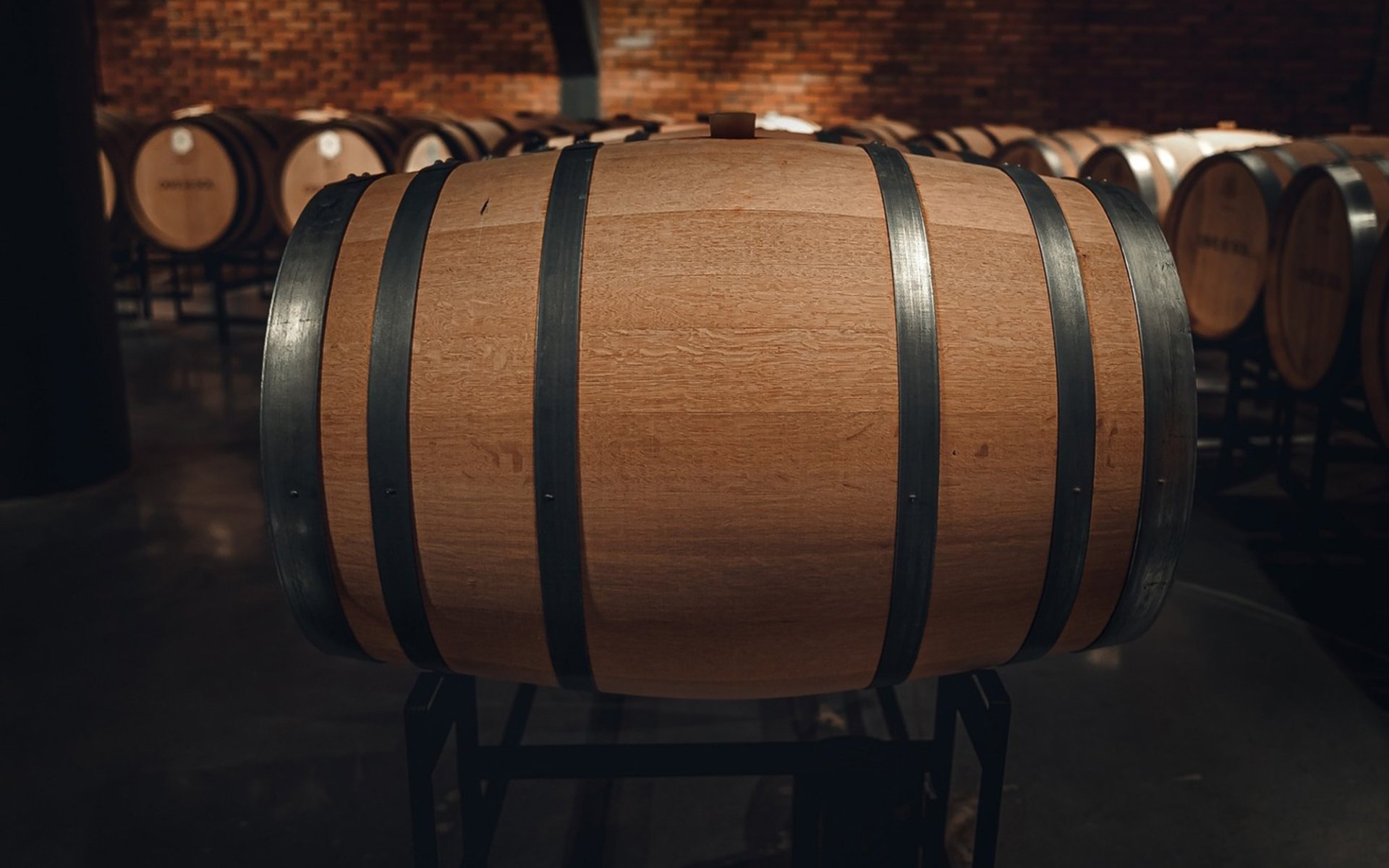Oak Barrel Aging

In an era before glass bottles were common, wines, rums, whiskies, and other alcoholic beverages were primarily stored and traded in oak barrels. Over time, a significant discovery was made: oak barrels not only served as containers but also profoundly influenced the taste, aroma, and color of the beverages matured within them. Consequently, preservation and transport ceased to be the sole reasons for using oak barrels; the evolution of flavor profiles became an equally, if not more, important factor.
Oak Barrel Aging: An Ancient and Revered Technique
The concept of aging beverages in oak barrels is a technique that has been embraced since ancient civilizations. The first to realize that oak barrels affected the transformation of their contents were the Egyptians, Greeks, and Romans. They observed that wines and other spirits aged in oak barrels developed new dimensions of taste and aroma, alongside a remarkably smoother and more mellow texture.
The unique properties of oak wood that impact beverages include its distinct aroma and its robust durability, allowing it to withstand the pressure exerted by the liquid inside. Furthermore, because oak is a slightly porous wood, it can regulate the exchange of oxygen within the beverage. This controlled process is known as "Micro-oxygenation," which allows the beverage to gradually develop and unveil complex flavors.
Chemical Interactions in Oak Barrels: Crafting Unique Flavor Profiles
Aging in oak barrels causes beverages to undergo transformations driven by complex chemical interactions. Compounds such as lignin, tannins, and vanillin from the oak wood react with the beverage, resulting in unique changes in color, taste, and aroma.
Examples of flavor notes imparted by oak aging include the delightful aromas of vanilla, smoke, clove, and coconut, along with complex spicy undertones. These elements contribute to the enhanced depth and allure of the aged beverages.
A Turning Point in the Middle Ages and Continuous Evolution
The Middle Ages marked a significant turning point in the history of oak barrels. European winemakers wholeheartedly adopted this practice, understanding that oak barrels were more than mere containers; they were crucial instruments for creating new dimensions in their beverages. Moreover, each type of oakbe it French, American, or Hungarianpossesses distinct characteristics that impart varied flavor profiles.
Over centuries, the practice of aging beverages in oak barrels continued to evolve. Distilleries and wineries across continents embraced this technique and began experimenting with oak trees indigenous to their own regions. This led to the creation of various beverages with distinct characteristics, unique to their specific geographical origins.
Oak-Aged: From Beverages to the Culinary World
In recent years, the popularity of oak barrels has expanded beyond the realm of beverages. In the culinary world, oak barrels are now being used to age oils, vinegars, cheeses, and even cocktails, elevating these creations with enhanced complexity and distinction. This demonstrates the versatility and value of oak wood in crafting sophisticated flavors.
Today, the aging of beverages in oak barrels remains a testament to the preservation of cherished traditions amidst modern advancements. While technology has brought progress to the process, the core of oak barrel aging still lies in the craftsmanship, expertise, and deep understanding of the art of maturation, all working to produce beverages of exceptional quality and unique flavor.


